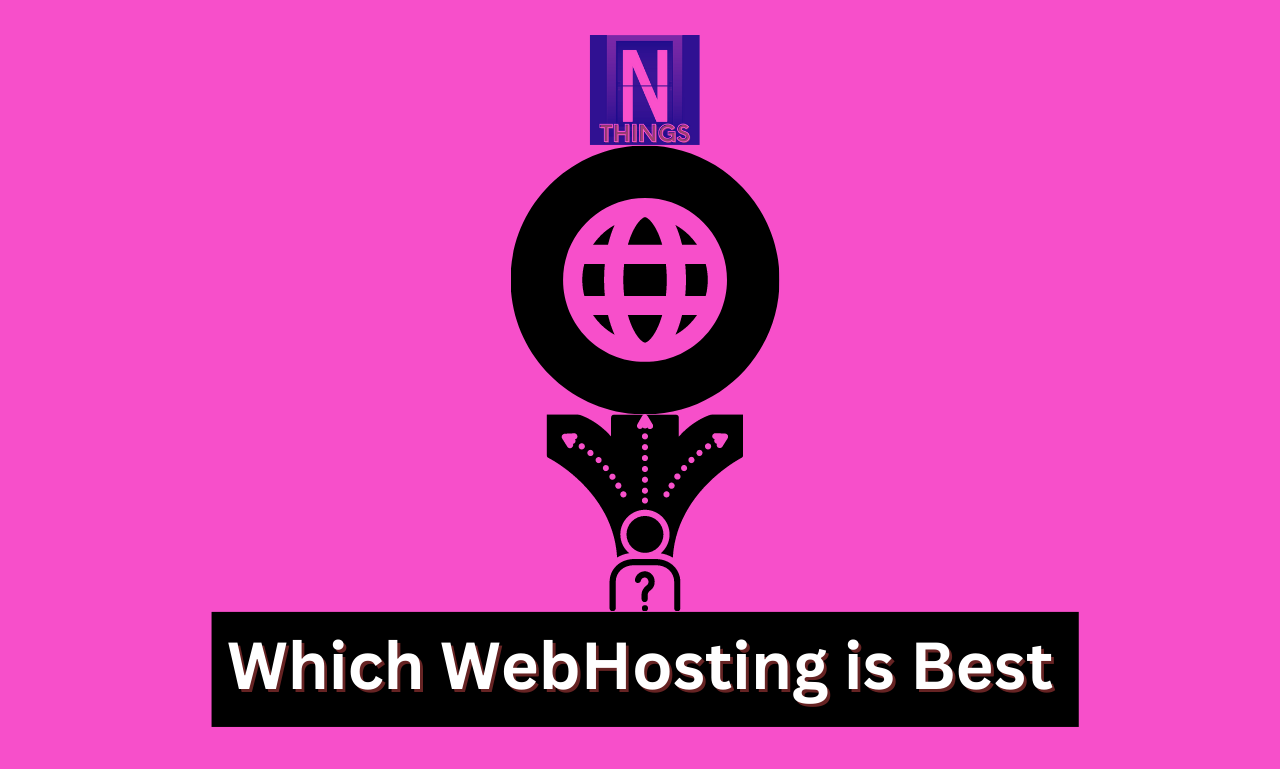Which WebHosting is Best
There are many factors to consider when choosing a web hosting provider. Some of the most important ones include the cost, reliability, speed, customer service, and available features. If cost is a primary concern for you, there are many budget-friendly options available, such as shared hosting or cloud hosting. However, it’s important to keep in mind that you often get what you pay for, and cheaper options may have lower levels of performance and customer support. Reliability is another important factor to consider. You want to choose a hosting provider that has a track record of uptime and minimal downtime. This is especially important if you are running an e-commerce site or a business that relies on its website for revenue. Speed is also crucial, as it can affect the user experience and your search engine rankings. Look for a hosting provider that uses fast servers and has a strong network infrastructure.
This article will provide an overview of what webhosting is, how it works, and why it’s important for businesses and individuals who want to have a presence on the internet. It will cover the different types of webhosting (e.g. shared, VPS, dedicated, cloud) and the pros and cons of each.
This article will help readers understand how to choose a webhosting provider that meets their needs and budget. It will cover factors to consider when evaluating webhosting providers, such as uptime, security, customer support, and pricing.
This article will discuss some common issues that can arise when using webhosting services, such as slow loading times, server errors, and website downtime. It will provide tips and techniques for troubleshooting these issues and getting your website back up and running smoothly.
1- Introduction to WebHosting
Webhosting is a service that allows individuals and businesses to publish their website on the internet. When a website is hosted, it is stored on a server that is connected to the internet 24/7. When someone types in the website’s domain name or clicks on a link to the site, their computer sends a request to the server, which then sends the website’s files back to the user’s computer, allowing them to view the website in their web browser. There are several types of webhosting, including shared, VPS (Virtual Private Server), dedicated, and cloud hosting. Shared hosting is the most affordable option and is suitable for small websites with low traffic. VPS hosting offers more resources and customization options than shared hosting, but is still more affordable than dedicated hosting. Dedicated hosting is the most expensive option, but also provides the most control and resources. Cloud hosting is a newer type of hosting that uses a network of servers to host websites, allowing for greater scalability and reliability.
2- Choosing The Right WebHosting Provider:
Choosing the right webhosting provider is important for the success of your website. It’s essential to choose a provider that is reliable, has good customer support, and meets your needs in terms of resources and budget. There are a few key factors to consider when evaluating webhosting providers. Uptime, or the amount of time that a website is available, is an important factor to consider. You’ll want to choose a provider that has a high uptime, ideally at least 99.9%. Security is also important, as you’ll want to choose a provider that has measures in place to protect your website from cyber threats. Customer support is another important factor, as you’ll want to choose a provider that is responsive and able to help you if you encounter any issues. Finally, it’s important to consider pricing and ensure that the provider you choose fits within your budget.
3-Common WebHosting problems and how to troubleshoot them:
There are a few common problems that can arise when using Webhosting services. One issue is slow loading times, which can be frustrating for users and can negatively impact search engine rankings. Another issue is server errors, which can cause a website to be inaccessible. Website downtime, or when a website is unavailable, is another problem that can occur. There are a few steps you can take to troubleshoot these issues. For slow loading times, you can try optimizing your website’s images and code to reduce the size of the files that need to be loaded. You can also try using a content delivery network (CDN) to improve the speed at which your website loads for users in different locations. To troubleshoot server errors, you can try checking the error logs and reaching out to your webhosting provider for assistance. If your website is experiencing downtime, you can try restarting your server or checking with your webhosting provider to see if there are any known issues.
In conclusion, webhosting is a crucial service for anyone looking to have a presence on the internet. It allows individuals and businesses to store their website on a server that is connected to the internet, enabling users to access the site from anywhere in the world. There are several types of web hosting available, each with their own set of features and pricing. When choosing a webhosting provider, it’s important to consider factors such as uptime, security, customer support, and pricing to ensure that you find a provider that meets your needs. It’s also important to be aware of common web hosting problems and know how to troubleshoot them in order to keep your website running smoothly. Overall, web hosting is a valuable service that is essential for anyone looking to establish a presence on the internet.
